How to Build the Perfect Landing Page: A Step-by-Step Guide
Landing pages serve a unique and specific purpose. Simply put, landing pages are best used to take an individual from a specific advertisement to an equally specific landing page built to answer any roadblocks that individual might have so that they convert. Whether you are running campaigns on Adwords or Facebook, landing pages are a must.
Multiple softwares exist that will allow those less blessed in the computer sciences to be dangerous:
Feel free to build your own page while reading this or analyze a current page for opportunities.
Market > Ad > Landing Page Fit
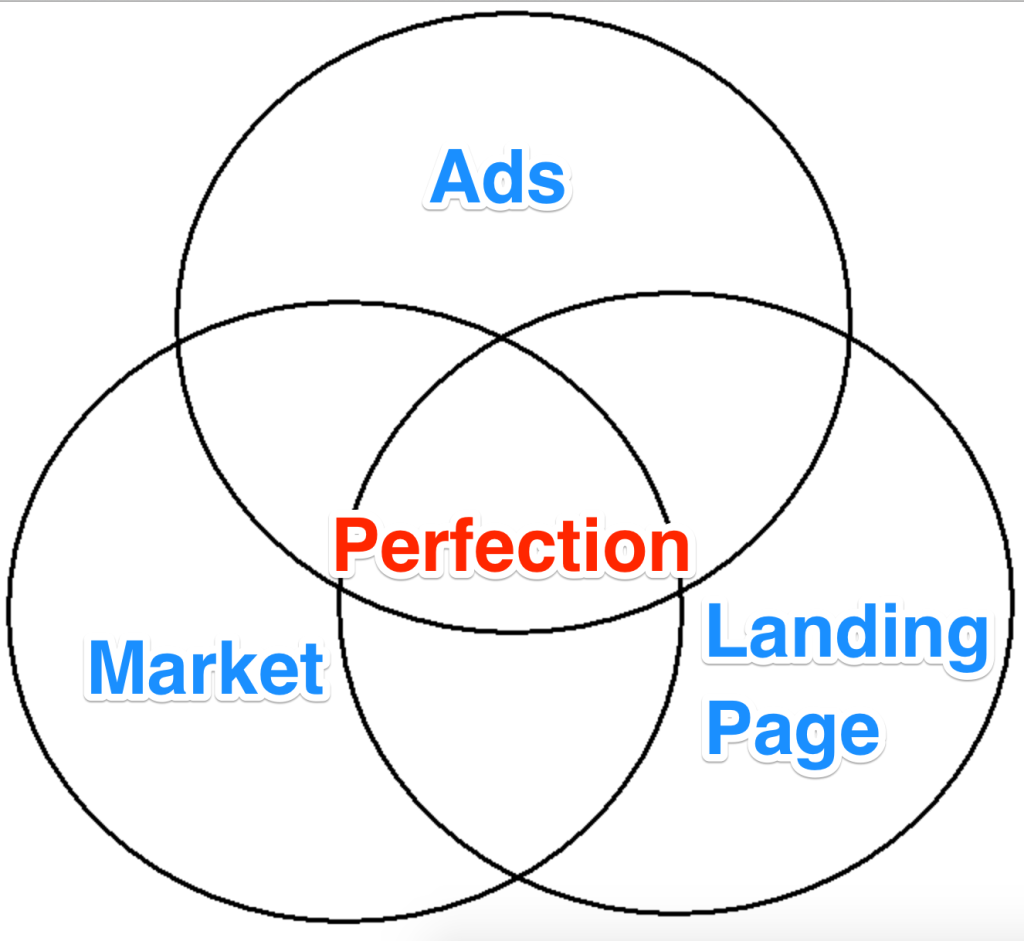
Every truly great ad campaign relies on three pieces working in perfect unison: The Market, The Ad, and The Landing Page. When all three of these forces collide correctly, you are destined to double digit conversion rates and landing page greatness.
Now, before you can properly build a landing page or even an ad, it is critical that you understand your own unique selling point. Or, as I like to call it, your WHY. The reason why someone needs what you are selling.
If you can clearly tell the story of why someone needs what you are offering, it becomes a lot easier for you to gain traction.
Next, you will need to do your competitive research. It will be crucial that you have an idea of what exactly your competitors are doing. Luckily, terrific software exists for you to spy with!
With these tools you will want to be answering the following questions:
- What keywords are they bidding on?
- How much does the average CPC cost?
- What copy are they using to convey their own WHY?
- What do their landing pages look like?
With this data in hand, you can now begin to determine the singular goal of your campaign. The purpose of a singular goal for a campaign is that your user can be going through their normal day whether that is scrolling through their social news feed or searching on Google. Then…out of nowhere… you are able to interrupt them with such creativity and singular purpose that they can understand your ad, click on it, and are clearly compelled to convert, because you have given them something they truly need.
Building The Landing Page
Building a landing page is mix of art, science, and dumb luck. When all three play nicely you have reached landing page nirvana.
Header
A perfect header can take many forms and shapes, but most often, it is divided into three main parts:
- Logo
- Copy
- Call to Action Button
Using the same color scheme and font style/size from your website, you will want to add your logo in the top left corner and then add a call to action. Before that call to action, you will want to emphasize your WHY so that users are compelled to click.
Below is a variety of header examples from pages we’ve done to get the juices flowing:
Green Rat Control, converting at 14%:
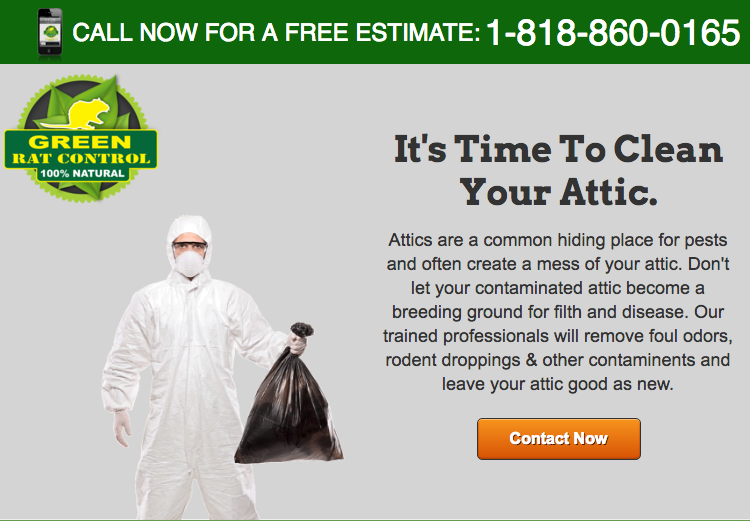
The First State Bank, converting at 8.41%:
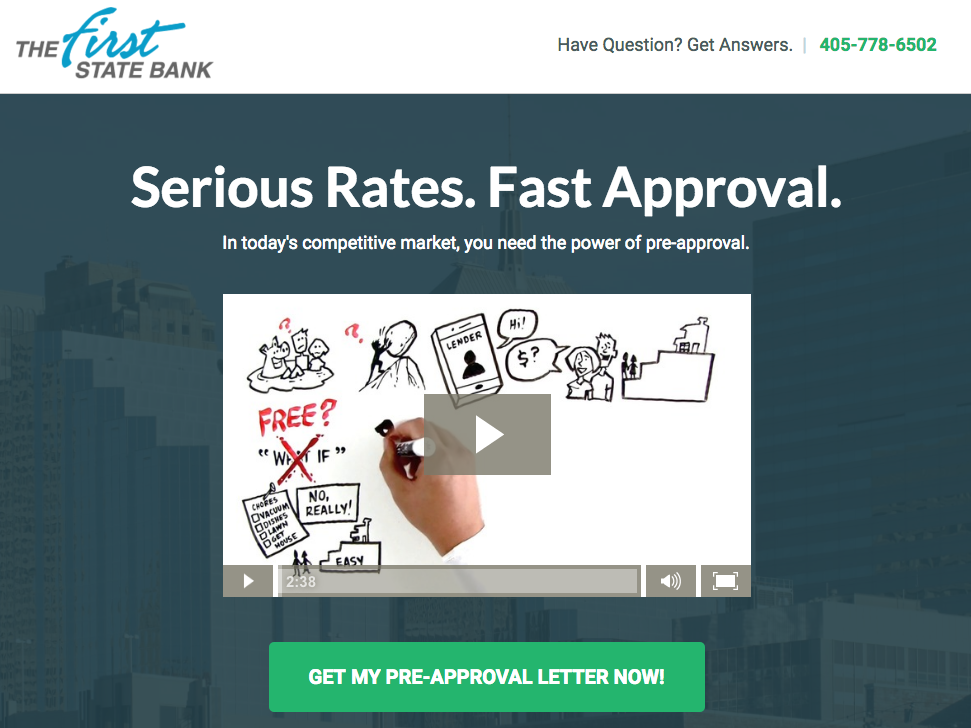
Notice that the size of the copy and the purpose of the copy varies according to the market and its inherent needs.
Hero Shot
With everything from videos to illustrations being featured in hero shots, it’s hard to know what to choose and why.
The prevailing logic and best practice from thought leaders around the industry is this: don’t let your hero shot take away from your copy or call to action.
For 99% of industries, your hero shot does not sell you… unless you are a photographer, and I would argue that even then, compelling copy above the fold is more likely to improve your conversion rates.
Here is a sample of how we often use directional design in our hero shots to best guide the user’s attention to our desired action and make the shot and copy work in unison:
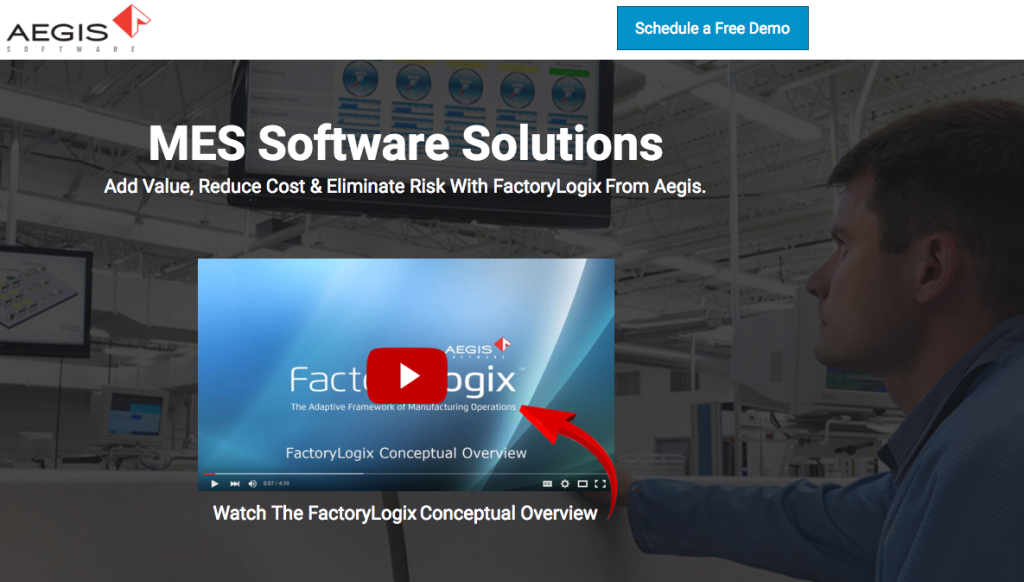
For more info on directional design check out this post by Unbounce
Call to Action Buttons
The elixir of a great landing page is the call to action button. The button should be prominent and the copy compelling.
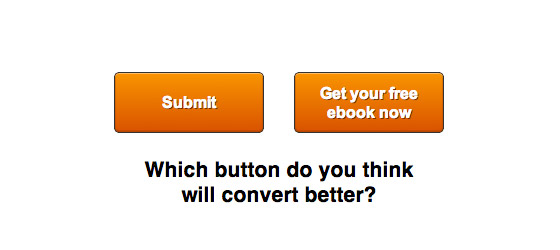
The perfect landing page does not hinge on one element, but instead a summation of all the parts. The call to action button should be representative of exactly what your target user will receive and the experience they can expect. Here are some examples for you to test:
- Let’s Talk
- Start My Project
- Get My Quote
- Start the Process
- Get My Proposal
- Schedule My Consultation
- Contact the CEO
As always, apply these to your exact needs and test, test, test.
Crafting Copy
The copy is often the most important ingredient in the landing page marketing mix. How we tell our story is important as we make our case for conversion.
If you are looking to convert, it’s best to highlight your brand in someone else’s words. A great way to do that is with testimonials. If someone else is saying you’re the best it means more than you saying it. Here’s a self-promotional example:
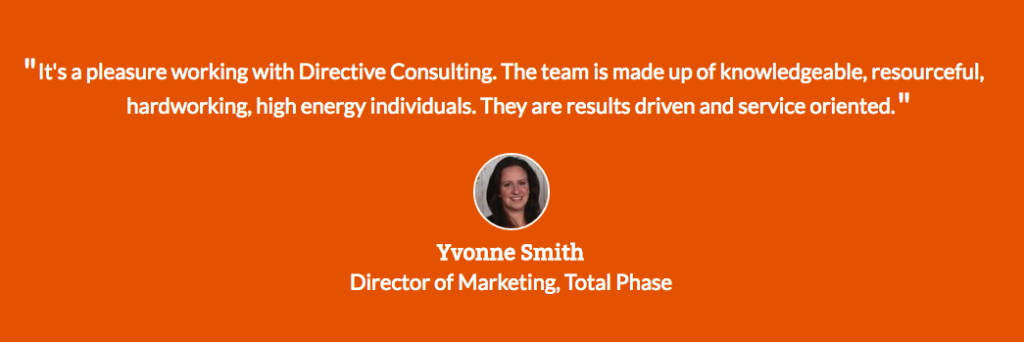
While these are hard to earn, they are worth it as you develop your brand.
Another tactic you can implement is to utilize lightboxes. Lightboxes are pop-ups that keep you on the same page, but allow you to add more copy but also leave the page with only one action, filling out the form, while still providing a ton of actionable info on that page in a readable way.
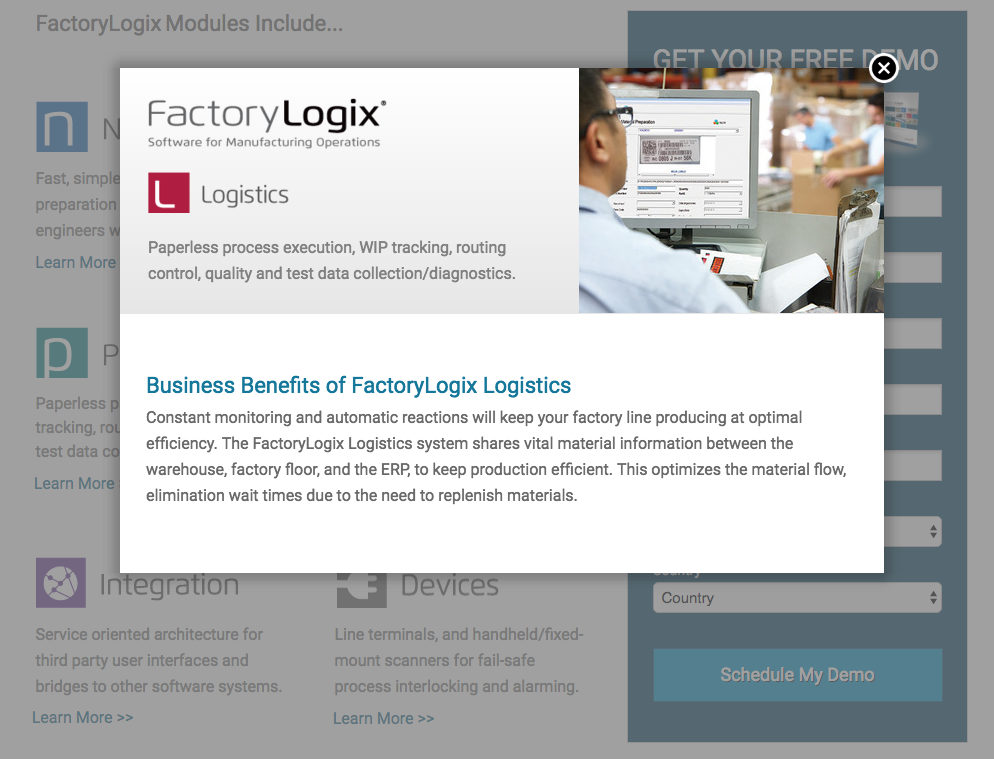
The Ideal Footer
There is no perfect footer, but we like to get as close as possible. When you are building your page, you want the footer to serve two purposes: call to action button and social proof.
With your landing page only having one purpose, converting, and not having any external links, the footer is great for sending people back up to your form with a nice button. Also, you will want to give them that last final reason to convert.
That reason can be social proof. Whether that is clients, press, or reviews. You want to make sure that they know exactly WHY they need you.
Here are a couple examples:



The goal in all of these is to add some icing on the cake. To make a final reason as to WHY you are the best solution to their need.
Bonus: Our Favorite Scripts for Unbounce!
Setting Up the Tracking
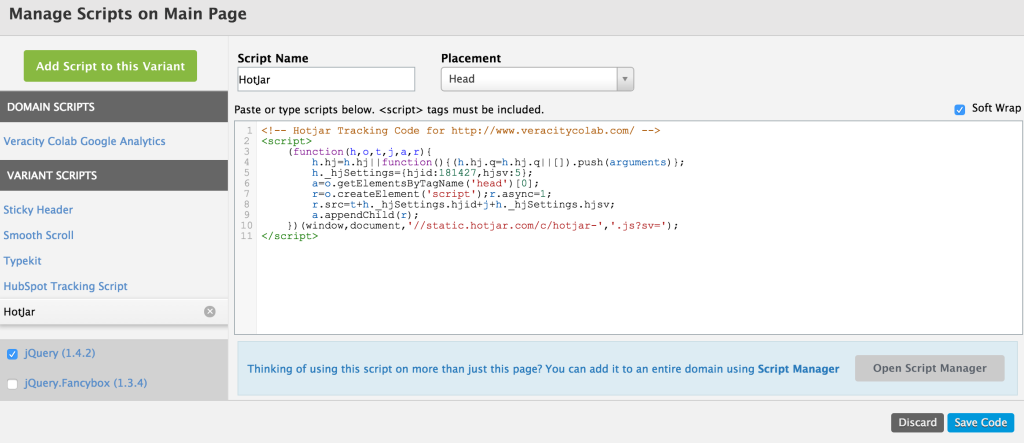
Now that you have built the landing page, it’s time to start learning based off of user data. There are a lot of great analytical tools out there, like Google Analytics, but when it comes to gathering actionable user data, our software of choice is Hotjar.
With Hotjar, you can record users, setup heatmaps, view form dropoffs, analyze funnels, and directly interact with customers. Once setup, you can begin to analyze your landing pages and make insightful changes. But what do you need to look for?
We find the following principles crucial in our testing process, try to have 100+ users to do any testing:
- Test headline copy (A/B test in Unbounce)
- Pick a winner headline and test hero images? (A/B test in Unbounce)
- Do more fields help convert better? (form analysis in Hotjar)
- Is there information that users aren’t getting enough of? (heatmaps in Hotjar)
- What info is above or below the fold on both desktop or mobile? (page analysis in Hotjar)
Establishing the tracking code is as simple as pasting in the JavaScript. Here are instructions if you are using Unbounce.
Conclusion
With time and effort, every one of your advertising campaigns has an opportunity to improve by testing the tactics discussed above. No campaign is perfect and no size fits all with landing pages, but if you are consistent and test, test, test some of the largest opportunities for increasing ROI are already at your fingertips.
Proper ads + landing pages do two things better than anything else: decrease cost per acquisition and increase conversion rates. Start crafting or improving your campaigns for 15 minutes a day and you will be amazed at how quickly you can accelerate user acquisition.



